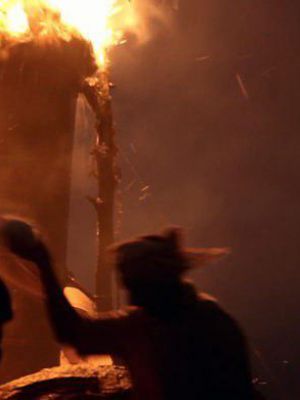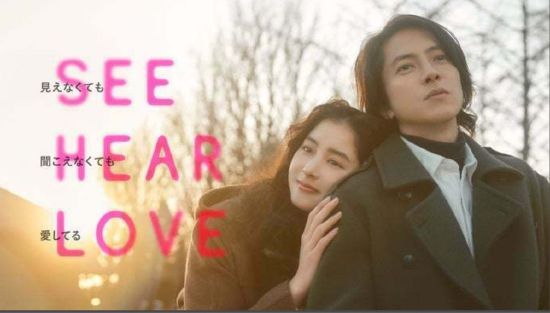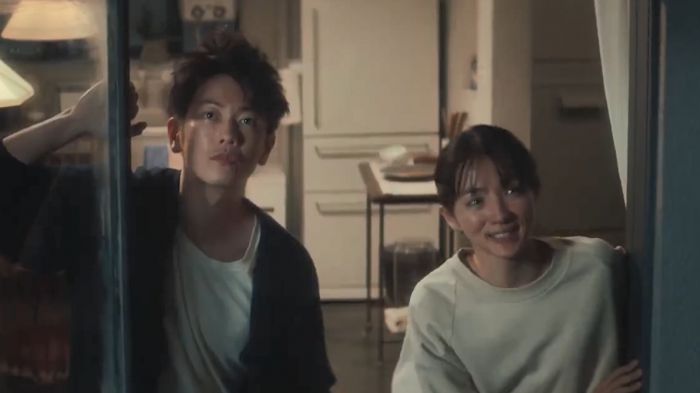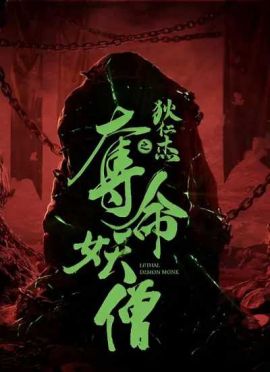THE STRIFE OF LOVE IN A DREAM

- 导演:CamilleHenrot
- 制片地区:法国
- 影乐酷ID:5167321dv
- 片长:12分钟
- 国内票房¥:暂无
- 全球票房$:暂无
- 简介:The Strife of Love in a Dream Le Songe de Poliphile | Camille Henrot 2011 France | Format: 35mm | color | sound | 12 minutes The Strife of Love in a Dream is a film that, much like the irregular pulse of an anguished heart, echoes the intersections, interpretations and contaminations of unconscious images shared by India and Western society. These images, whether archetypal or symbolic, bear witness to mankind’s attempt to express, resist and conquer fear, be it through religion and its rituals, medicine and its healing methods, ancestral works of art or through more concrete, everyday situations. As in many popular stories, fear is symbolized by an animal. In this case it is the snake, as ambivalent a symbol in the East as in the West, considered dangerous while also sporting a prophylactic quality, which embodies the mutually inseparable fear and urge to live and create. In my approach, drawing as much from anthropology as from art history, I’ve often found myself interested in the cobweb of links spun between two different cultures, the mythology and the archetypes in space as well as in time. East and West have always been defined as the other’s opposite, even if it has meant distorting things in order to satisfy the intellectual structures based on this dichotomy. The Strife of Love in a Dream suggests cancelling out this dualist perspective, or rather dissolving it. The film’s original title comes from a book written in the Middle Ages: Hypnerotomachia. One of the stories, named “The Strife of love in a dream” tells of a monk who crosses the Black Forest to find himself facing a dragon. He is gripped by fear and everything becomes disturbingly strange. He is tempted to escape, but were he to turn back, the adventure would be gone from his life. This tale emphasizes the film’s central notion: the necessity of facing one’s fears. Creative energy is born out of this confrontation. The film doesn’t follow a narrative documentary structure nor a linear fictional structure, but instead makes use of a multiple narrative, from an internal, multiple point of view, in accordance with the literary method of the flow of consciousness. The film unfolds as an investigation. The images are collected and assembled in a network of meanings, somewhat based on the principles in Mnemonyme by Aby Warbur, by merging them into an atlas of images of different cultural and worldly references, all according to the principle of elective affinities.”—C.H. Commissioned by the Centre Pompidou for the Paris-Delhi-Bombay exhi- bition, opening in Paris on May 25, 2011.













